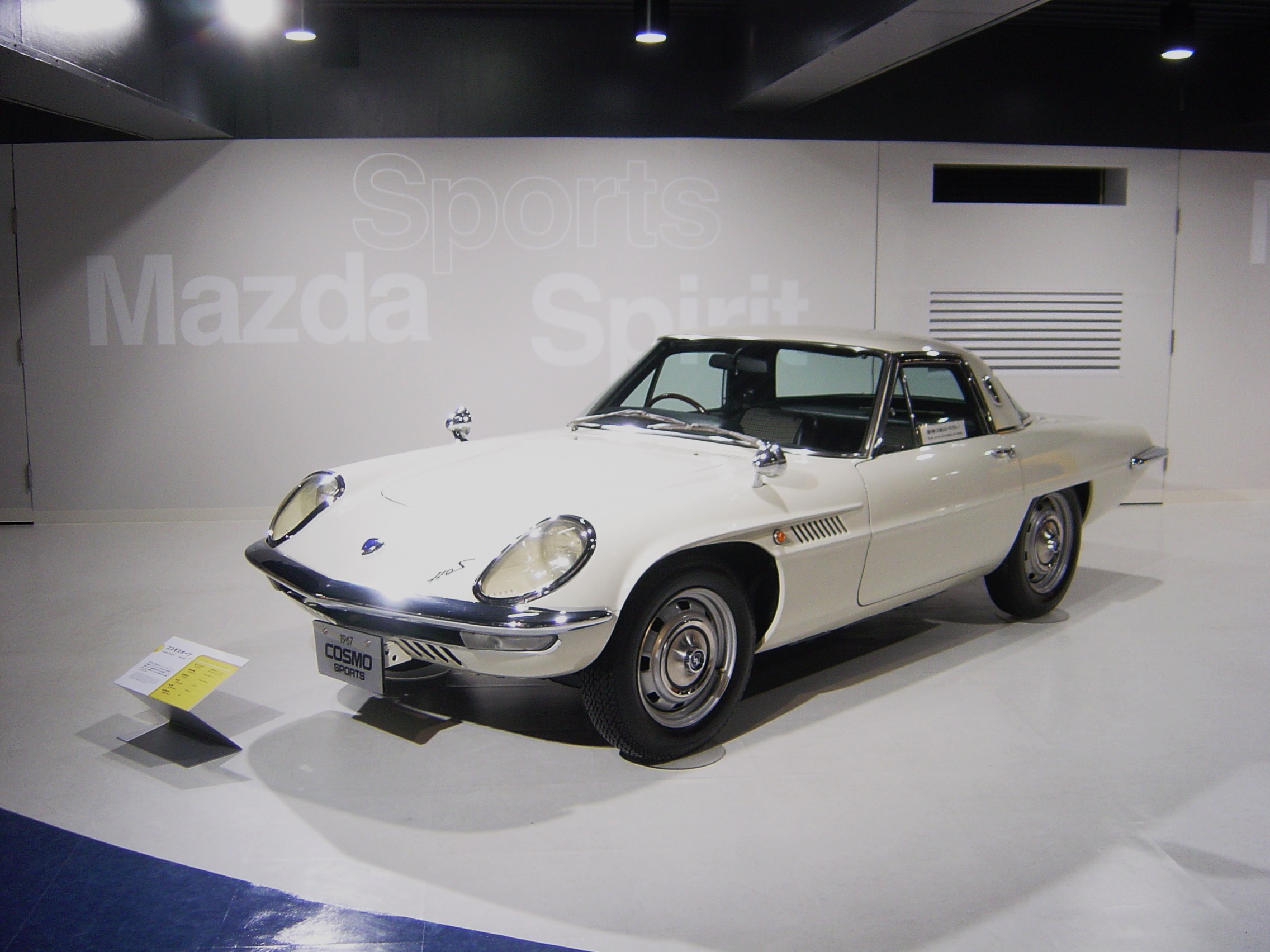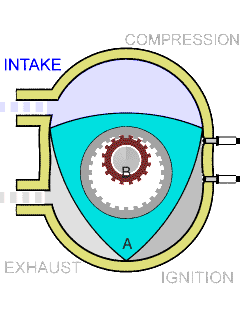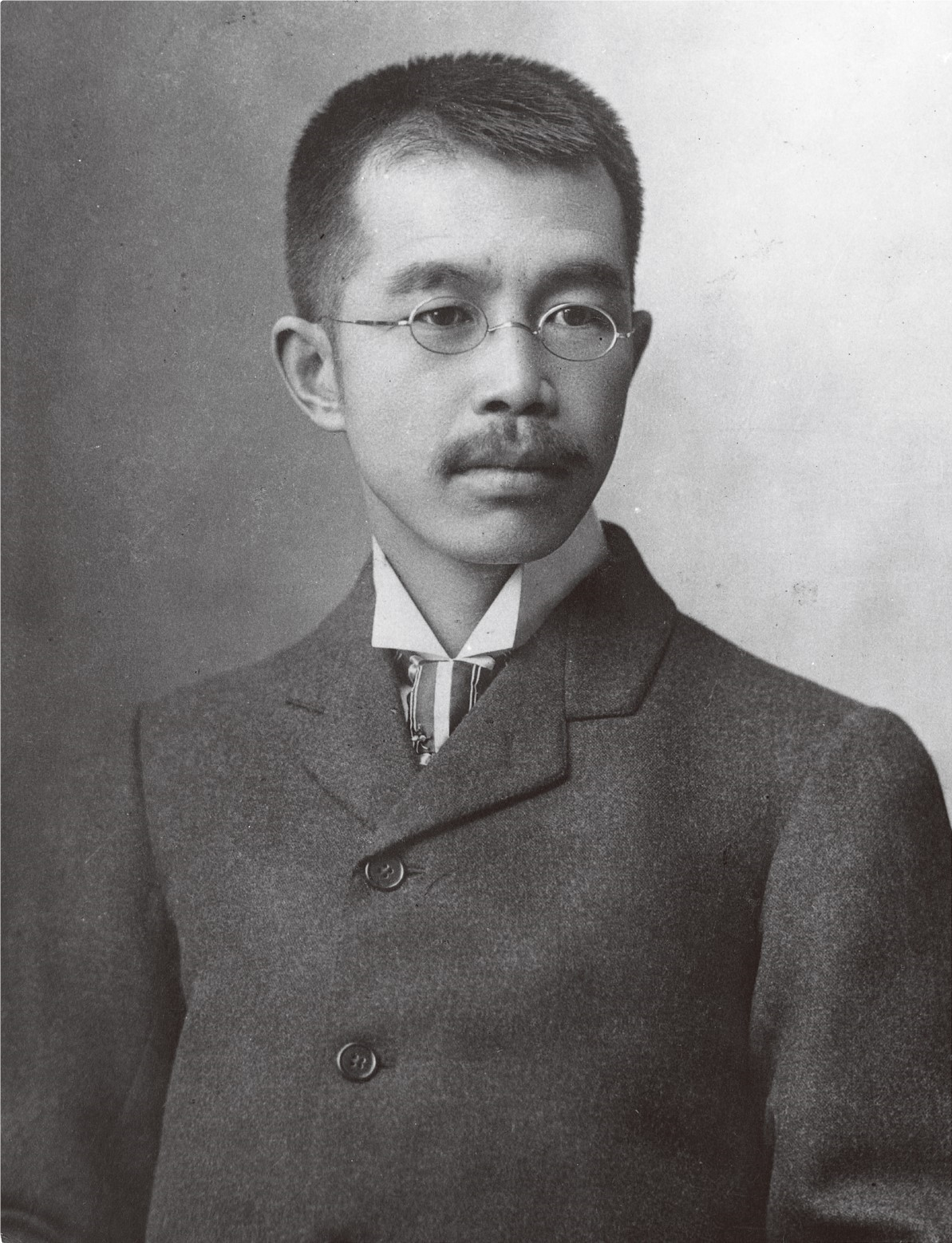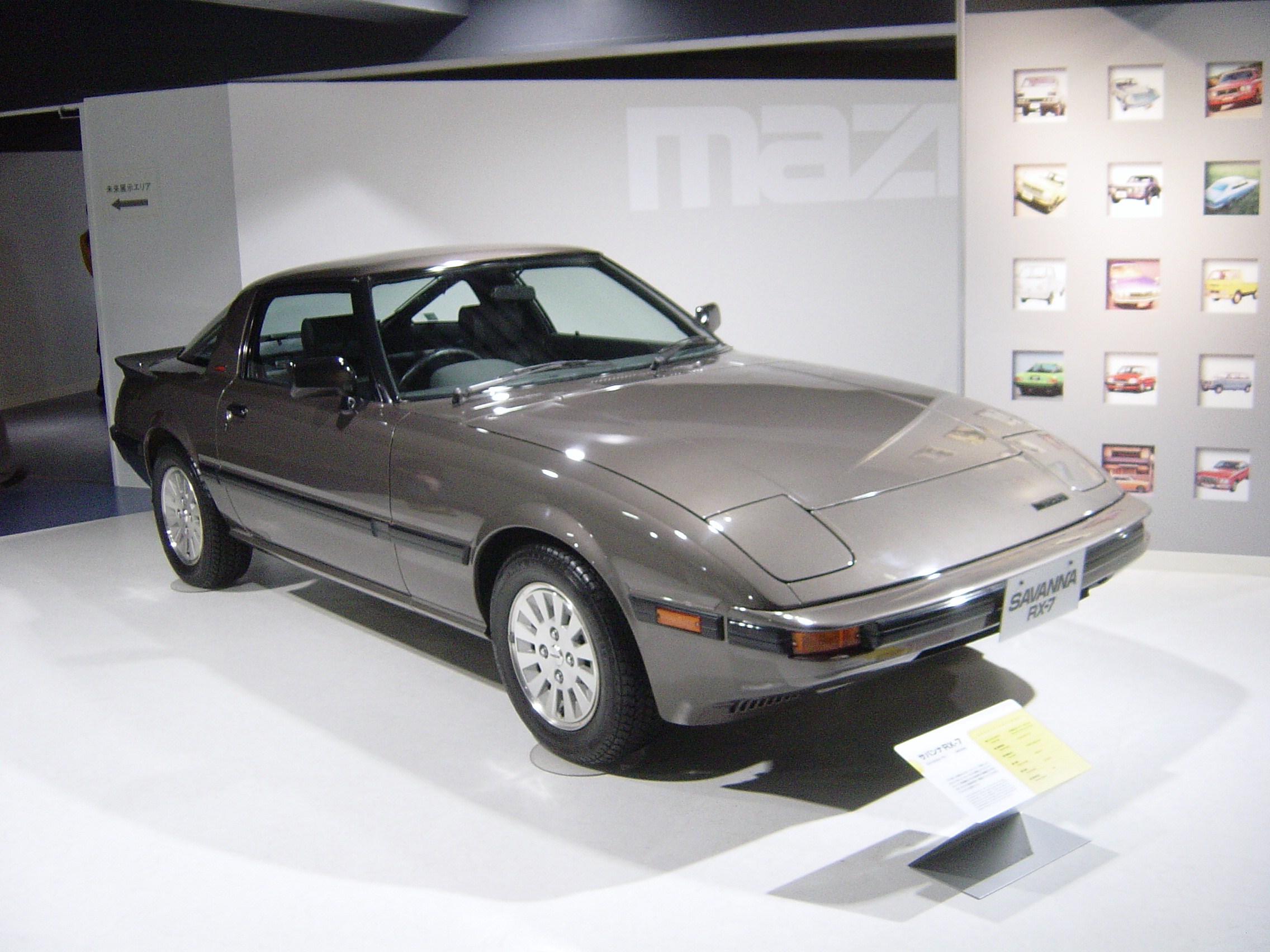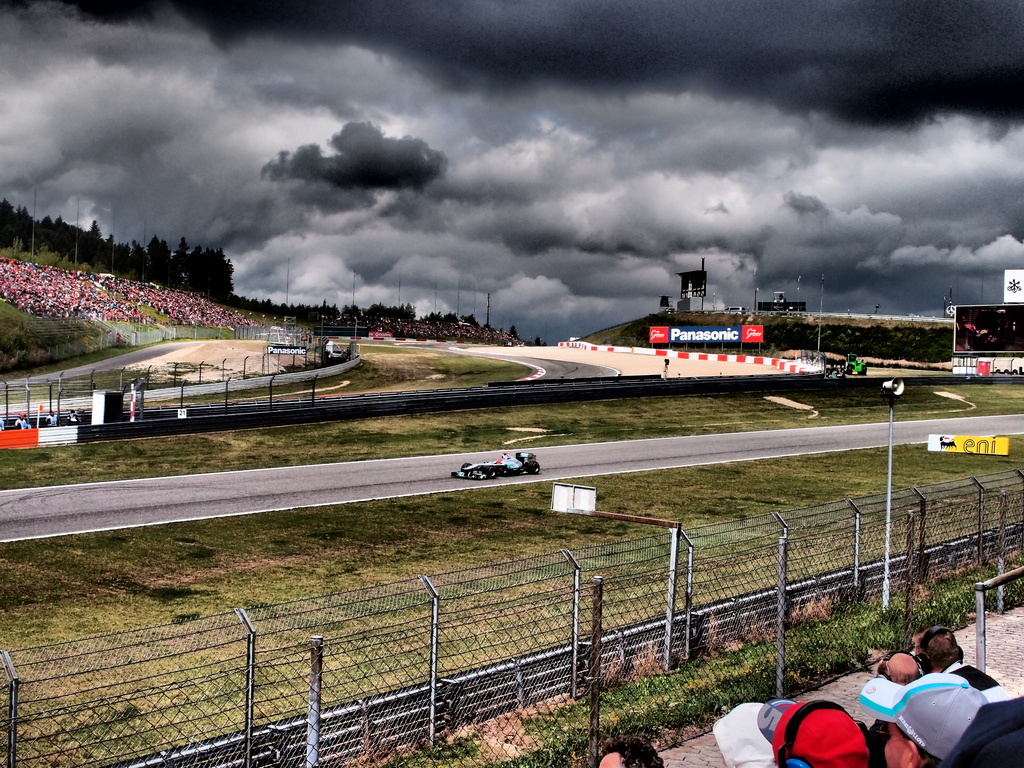|
Eunos Cosmo
The was an automobile produced by Mazda from 1967 to 1996. During its production run, the Cosmo served as a "halo" vehicle for Mazda, with the first Cosmo successfully launching the Mazda Wankel engine. The final generation of the Cosmo served as Mazda's flagship vehicle in Japan, sold as the Eunos Cosmo through its luxury Eunos division in Japan. Mazda decided on the name ''" cosmo"'', reflecting international cultural fascination with the Space Race, Mazda wanted to showcase the Mazda Wankel engine as forward-thinking, with focus on future developments and technology. __TOC__ Series L10A/L10B (1967–1972) The first Mazda to bear the Cosmo name (called the 110S on models intended for export) was (along with the NSU Ro80) one of the first production cars to feature a 2-rotor Wankel engine. A prototype was presented at the 1964 Tokyo Motor Show, one month before the 1964 Summer Olympics, and after the introduction of the NSU Spider at the Frankfurt Motor Show; 80 pr ... [...More Info...] [...Related Items...] OR: [Wikipedia] [Google] [Baidu] |
Mazda
is a Japanese Multinational corporation, multinational automotive manufacturer headquartered in Fuchū, Hiroshima (town), Fuchū, Hiroshima Prefecture, Hiroshima, Japan. The company was founded on January 30, 1920, as Toyo Cork Kogyo Co., Ltd., a cork-making factory, by Jujiro Matsuda. The company then acquired Abemaki Tree Cork Company. It changed its name to Toyo Kogyo Co., Ltd. in 1927 and started producing vehicles in 1931. Mazda is known for its innovative technologies, such as the Wankel engine, the SkyActiv platform, and the Kodo Design language. It also has a long history of motorsport involvement, winning the 24 Hours of Le Mans in 1991 with the rotary-powered Mazda 787B. In the past and present, Mazda has been engaged in alliances with other automakers. From 1974 until the late 2000s, Ford Motor Company, Ford was a major shareholder of Mazda. Other partnerships include Toyota, Nissan, Isuzu, Suzuki and Kia. In 2023, it produced 1.1 million vehicles globally. The ... [...More Info...] [...Related Items...] OR: [Wikipedia] [Google] [Baidu] |
Wankel Engine
The Wankel engine (, ) is a type of internal combustion engine using an eccentric (mechanism), eccentric Pistonless rotary engine, rotary design to convert pressure into rotating motion. The concept was proven by German engineer Felix Wankel, followed by a commercially feasible engine designed by German engineer Hanns-Dieter Paschke. The Wankel engine's rotor is similar in shape to a Reuleaux triangle, with the sides having less curvature. The rotor spins inside a figure-eight-like epitrochoidal housing around a fixed gear. The midpoint of the rotor moves in a circle around the output shaft, rotating the shaft via a Cam (mechanism), cam. In its basic gasoline-fuelled form, the Wankel engine has lower thermal efficiency and higher exhaust emissions relative to the Four-stroke engine, four-stroke reciprocating engine. This thermal inefficiency has restricted the Wankel engine to limited use since its introduction in the 1960s. However, many disadvantages have mainly been overcome ... [...More Info...] [...Related Items...] OR: [Wikipedia] [Google] [Baidu] |
Road Tax
Road tax, known by various names around the world, is a tax which has to be paid on, or included with, a motorised vehicle to use it on a public road. National implementations Australia All states and territories require an annual vehicle registration fee to be paid in order to use a vehicle on public roads; the cost of which varies from state to state and is dependent on the type of vehicle. The fee is known colloquially as 'rego' (pronounced with a soft g, short for registration). Queensland road tax is based on the number of cylinders or rotors the vehicle's engine has. There is also a small traffic improvement fee. New South Wales road tax is paid based on the vehicle's tare weight. Belgium Passenger cars pay a registration fee based on the engine displacement and power output (degressive towards 2014 (66% in 2012, 33% in 2013, 0% in 2014) and environmental criteria such as CO2 g/km output (increasingly towards 2014). The more CO2 g/km the car produces, the higher ... [...More Info...] [...Related Items...] OR: [Wikipedia] [Google] [Baidu] |
Manual Transmission
A manual transmission (MT), also known as manual gearbox, standard transmission (in Canadian English, Canada, British English, the United Kingdom and American English, the United States), or stick shift (in the United States), is a multi-speed motor vehicle Transmission (mechanical device), transmission system where gear changes require the driver to manually select the gears by operating a gear stick and clutch (which is usually a foot pedal for cars or a hand lever for motorcycles). Early automobiles used ''sliding-mesh'' manual transmissions with up to three forward gear ratios. Since the 1950s, ''constant-mesh'' manual transmissions have become increasingly commonplace, and the number of forward ratios has increased to 5-speed and 6-speed manual transmissions for current vehicles. The alternative to a manual transmission is an automatic transmission. Common types of automatic transmissions are the Automatic transmission#Hydraulic automatic transmissions, hydraulic automatic ... [...More Info...] [...Related Items...] OR: [Wikipedia] [Google] [Baidu] |
Carburetor
A carburetor (also spelled carburettor or carburetter) is a device used by a gasoline internal combustion engine to control and mix air and fuel entering the engine. The primary method of adding fuel to the intake air is through the Venturi effect or Bernoulli's principle or with a Pitot tube in the main metering circuit, though various other components are also used to provide extra fuel or air in specific circumstances. Since the 1990s, carburetors have been largely replaced by fuel injection for cars and trucks, but carburetors are still used by some small engines (e.g. lawnmowers, generators, and concrete mixers) and motorcycles. In addition, they are still widely used on piston-engine–driven aircraft. Diesel engines have always used fuel injection instead of carburetors, as the compression-based combustion of diesel requires the greater precision and pressure of fuel injection. Etymology The term ''carburetor'' is derived from the verb ''carburet'', which means "to ... [...More Info...] [...Related Items...] OR: [Wikipedia] [Google] [Baidu] |
Hitachi
() is a Japanese Multinational corporation, multinational Conglomerate (company), conglomerate founded in 1910 and headquartered in Chiyoda, Tokyo. The company is active in various industries, including digital systems, power and renewable energy, railway systems, Health care, healthcare products, and Financial system, financial systems. The company was founded as an electrical machinery manufacturing subsidiary of the Kuhara Mining Plant in Hitachi, Ibaraki by engineer Namihei Odaira in 1910. It began operating as an independent company under its current name in 1920. Hitachi is listed on the Tokyo Stock Exchange and is a key component of the Nikkei 225 and TOPIX Core30 indices. As of June 2024, it has a market capitalisation of 16.9 trillion yen, making it the fourth largest Japanese company by market value. In terms of global recognition, Hitachi was ranked 38th in the 2012 Fortune Global 500 and 129th in the 2012 Forbes Global 2000. Hitachi is a highly globalised conglomerat ... [...More Info...] [...Related Items...] OR: [Wikipedia] [Google] [Baidu] |
Mazda Cosmo L10A Rear-right 2016 Shanghai Auto Museum
is a Japanese multinational automotive manufacturer headquartered in Fuchū, Hiroshima, Japan. The company was founded on January 30, 1920, as Toyo Cork Kogyo Co., Ltd., a cork-making factory, by Jujiro Matsuda. The company then acquired Abemaki Tree Cork Company. It changed its name to Toyo Kogyo Co., Ltd. in 1927 and started producing vehicles in 1931. Mazda is known for its innovative technologies, such as the Wankel engine, the SkyActiv platform, and the Kodo Design language. It also has a long history of motorsport involvement, winning the 24 Hours of Le Mans in 1991 with the rotary-powered Mazda 787B. In the past and present, Mazda has been engaged in alliances with other automakers. From 1974 until the late 2000s, Ford was a major shareholder of Mazda. Other partnerships include Toyota, Nissan, Isuzu, Suzuki and Kia. In 2023, it produced 1.1 million vehicles globally. The name Mazda was derived from Ahura Mazda, the god of harmony, intelligence and wisdom in Z ... [...More Info...] [...Related Items...] OR: [Wikipedia] [Google] [Baidu] |
Mazda R100
The , also marketed prominently as the Mazda 323, Mazda Protegé and Mazda Allegro, is a small family car that was manufactured by Mazda between 1963 and 2003. The Familia line was replaced by the Mazda3/Axela for 2004. It was marketed as the ''Familia'' in Japan, which means "family" in Latin. For export, earlier models were sold with nameplates including: "800", "1000", "1200", and "1300". In North America, the 1200 was replaced by the Mazda GLC, with newer models becoming "323" and "Protegé". In Europe, all Familias sold after 1977 were called "323". The Familia was also rebranded as the Ford Laser and Ford Meteor in Asia, Oceania, Southern Africa, some Latin American countries and, from 1991, as the Ford Escort and Mercury Tracer in North America. In addition, the Familia name was used as the Mazda Familia Wagon/Van, a badge-engineered version of the Nissan AD wagon (1994–2017) and Toyota Probox (2018–present). Mazda Familias were manufactured in the Hiroshima P ... [...More Info...] [...Related Items...] OR: [Wikipedia] [Google] [Baidu] |
Nürburgring
The () is a 150,000-person capacity motorsports complex located in the town of Nürburg, Rhineland-Palatinate, Germany. It features a Grand Prix motor racing, Grand Prix race track built in 1984, and a long configuration, built in the 1920s, around the village and medieval castle of Nürburg in the Eifel mountains. The north loop is long and contains more than of elevation change from its lowest to highest points. Scottish racing driver Jackie Stewart nicknamed the track "the Green Hell". Originally, the track featured four configurations, namely the -long , which in turn consisted of the , and the . There was also a warm-up loop called , or , around the Pit stop, pit area. Between 1982 and 1983, the start–finish area was demolished to create a new , which is now used for all major and international racing events. However, the shortened is still in use for racing, testing and public access. Prior to World War II, the Nürburgring hosted 13 editions of the German Gra ... [...More Info...] [...Related Items...] OR: [Wikipedia] [Google] [Baidu] |
The Return Of Ultraman
is a Japanese ''tokusatsu'' science fiction television series produced by Tsuburaya Productions. The third entry (fourth overall) in the Ultra series, the series aired on Tokyo Broadcasting System from April 2, 1971, to March 31, 1972. It became successful enough to inspire a second "''Kaiju'' Boom" in Japan, with rival studios producing their own ''tokusatsu'' shows and Tsuburaya Productions producing additional Ultraman shows annually for the next three years. Prior to the series' release, '' Ultra Q'', ''Ultraman'', and ''Ultraseven'' were stand-alone titles however, ''Return of Ultraman'' is the first installment to unite the first three shows into an interconnected universe. Premise This series is a follow-up to the original ''Ultraman'' and ''Ultraseven'' that is set in 1971, four years after Ultraseven left Earth, and five years after Ultraman came to Earth. The first episode begins with a fight between two giant monsters named Takkong and Zazarn in Tokyo. Amid the monst ... [...More Info...] [...Related Items...] OR: [Wikipedia] [Google] [Baidu] |
Automobile Magazine
An automobile magazine is a magazine with news and reports on cars and the Automotive industry, automobile industry. Automobile magazines may feature new car tests and comparisons, which describe advantages and disadvantages of similar models; future models speculations, confidential information and "spyshots" (pictures of camouflaged models tested by automakers); Car tuning, modified automobiles; lists of new models with prices, specifications and ratings; used car advertisements; auto racing news and events; and other information. The first two magazines were launched in November 1895, in the very early days of motoring, the American ''The Horseless Age'', which later became ''Automotive Industries (magazine), Automotive Industries Magazine'' and the British ''Autocar (magazine), The Autocar''. See also * List of car magazines * List of motor vehicle awards References Automobile magazines, {{Trade-mag-stub ... [...More Info...] [...Related Items...] OR: [Wikipedia] [Google] [Baidu] |
Frankfurt Motor Show
The International Motor Show Germany or International Mobility Show Germany, in German known as the ''Internationale Automobil-Ausstellung'' (''IAA'' – International Automobile Exhibition), is one of the world's largest mobility trade fairs. It consists of two separate fairs, that subdivided in 1991. While the ''IAA Mobility'' displays passenger vehicles, motorcycles and bikes, the ''IAA Transportation'' specializes in commercial vehicles. Before the separation, the show was held solely at the Messe Frankfurt. In 2021, the IAA adopted the ''New Mobility World'' concept, formats and business model, rebranded to IAA Mobility, and moved to Munich. The IAA is organized by the Verband der Automobilindustrie (VDA – Association of the German Automotive Industry) and is scheduled by the Organisation Internationale des Constructeurs d'Automobiles (OICA), who recognize the IAA as one of the "big five" most prestigious auto shows worldwide. History At the turn of the 20th century ... [...More Info...] [...Related Items...] OR: [Wikipedia] [Google] [Baidu] |

